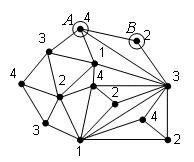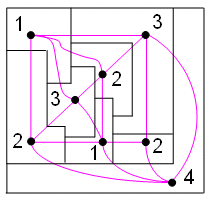Solutions to other tests:
| 1 2 3 4 5 6 7 8 9 10 11 12 13 14 15 16 17 |
Mathematics for the Digital Age
and
Programming in Python
>>> Second Edition
Test 16
- 1.
- (a) T (b) F (c) F
- 2.
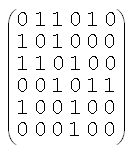
- 3.
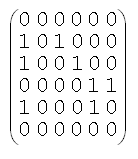
- 4.
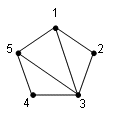
- 5.
- (b)
- 6.
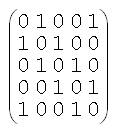
- 7.
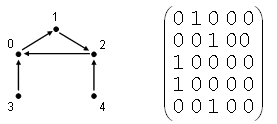
- 8.
- (a), (b), (c)
- 9.
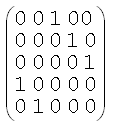
- 10.
- (a), (b), (c)
- 11.
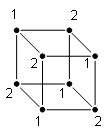
- 12.
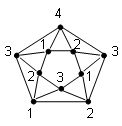
- 13.
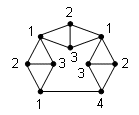
- 14.
- (a) T (b) T (c) T
- 15.
- Yes, any planar graph can be colored in four colors.
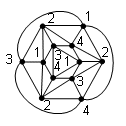
- 16.
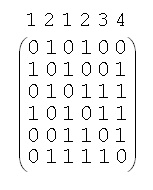
- 17.
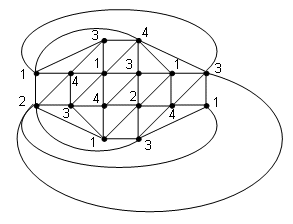
- 18.
- (a) T (b) F (c) T
- 19.
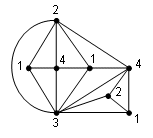
- 20.
